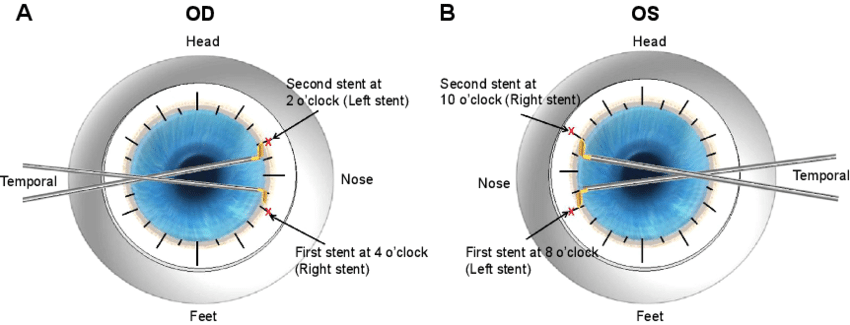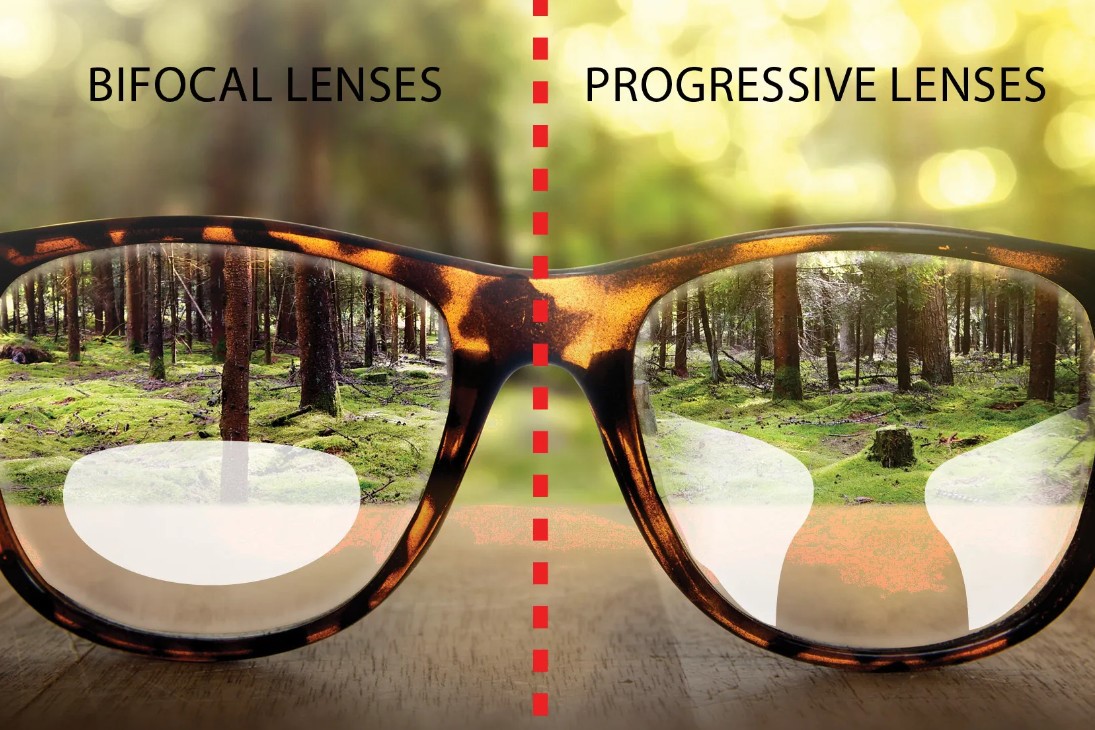- GlassesShop By FrameShop By StyleFeatured












Are you a person with low vision? Then the understanding of eyeglass prescription is important for you before getting eyewear. Prescriptions provide important information needed for vision correction. Labeled details simplify the process of selecting perfectly matched eyeglasses as per the required prescription. This blog will help you understand the purpose of abbreviations and numbers present in your eye prescription.
The prescription includes appointment details as well as other components containing numbers, characters, and abbreviations. But what do these numbers and abbreviations represent? Abbreviations such as OD (Oculus Dexter) represent the right eye and OS (Oculus Sinister) is another name for the left eye. Moreover, other terms include SPH (Sphere), CYL (Cylinder), Axis, Prism, and Base. These OD and OS numbers show the effectiveness of lenses in correcting eyesight under these terms. In addition, the prescription includes the Bifocals and Progressives number to locate and check the alignment of the eye lens.

The power of the lens needed to correct nearsightedness and shortsightedness is observed with SPH, covering all the surfaces of the eye. On the other hand, CYL is added lens power to correct refractive errors in the eye that are not spherical. Eye prescription also contains the Axis information that reports a lens surface that has no cylindrical strength to correct eyesight issues. The number 90 represents the axis, and the 180 number represents the cylindrical power of lenses to improve farsightedness and short-sightedness.
The numerical characters present on the eye prescription are commonly measured in units called “diopters” which define the strength of a prescription. The diopter number can be positive or negative considering the type of vision error. A negative number indicates the presence of myopia (shortsightedness). This means that a person with -4 diopters faces issues while reading from a far distance. Whereas, a positive number expresses the correctness of hyperopia (farsightedness). For instance, a person with +4 diopters struggles to read text that’s closer to the eyes.
The ADD value in the eye prescription provides an additional requirement of power to see more clearly. On the other hand, the Prism value describes the lens alignment errors. In prescription, the +2 value of ADD indicates the need for correctness for reading closely. While prism identifies any alignment error. The eye specialist gives a detailed overview of these values because these values and descriptions play an important role in selecting the perfectly matched eyewear with an individual’s eye properties.
The eye prescription includes Bifocals and Progressive details of the eye lenses. Bi means two, meaning that Bifocal shows the division of lines into two parts to enhance the reading. On the contrary, the presence of progressives in eye prescription indicates the corridor length. Moreover, the data of Bifocals and Progressives is essential in projecting the errors related to the eye.

To interpret your eye prescription it’s highly essential to check for the accuracy of the numbers prescribed. If you are not sure and expect any error in diopter numbers, it's better to visit an eye specialist to alter and confirm the numbers. Nowadays, there’s full information related to prescriptions available on the internet. You can compare your eye prescription with the standard numbers in your eye prescription and details.
If you are a first-time glasses wearer or unaware and not able to read the numbers, abbreviations, and details in your eye prescription, take your prescription to an optometrist who can provide a consultation to understand the purpose and meaning of these terms and numerals present in the prescription. Ask about each term, accuracy, and variations in numbers and how they will affect the correctness process for your vision. During the consultation, you can for eyewear recommendations, as the optometrist has major experience and knowledge of eye issues.
Conclusion
Consider this guide to make an informed decision before going to purchase your eyeglasses, particularly for eyesight correction. Consult the specialist or optometrist for the guidance and understating of eye prescription. A clear understanding of eye prescription will ensure perfectly fit eyewear for correct and smooth vision and overall well-being.

